World's First Successful Transmission of 1 Petabit per Second Using a Single-core Multimode Optical Fiber
December 18, 2020
National Institute of Information and Communications Technology
NOKIA Bell Labs
Points
- A world record transmission of 1 petabit per second in a multimode optical fiber increases the current record data rate in multimode optical fibers by more than 2.5 times.
- Wideband optical transmission in fibers with more 15 modes is demonstrated for the first time, enabled by mode multiplexers and a transmission fiber optimized for high optical bandwidth.
- This demonstration advanced high-density and large capacity transmission in optical fibers that can be produced with standard methods.
Background
Achievements
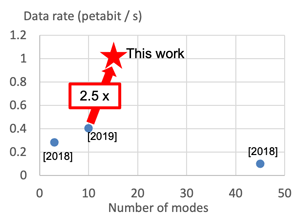
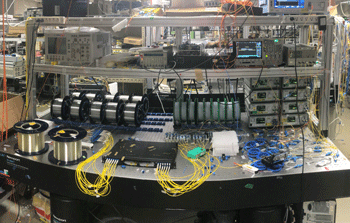
Future Prospects
References
Title: 1.01 Peta-bit/s C+L-band transmission over a 15-mode fiber
Previous NICT Press Releases
Appendix
1. Description of the novel transmission system
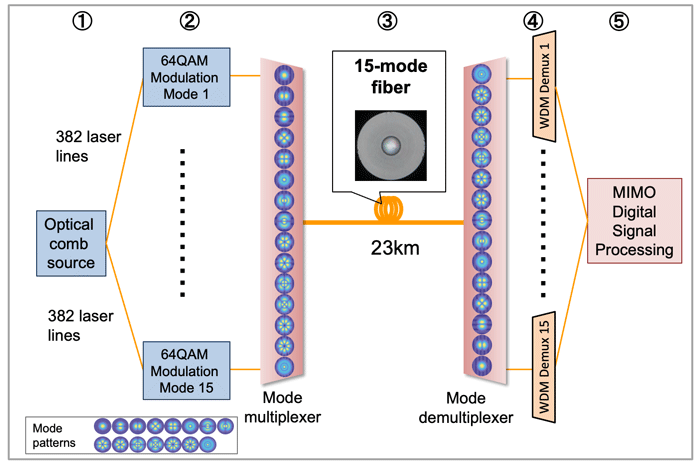
2. Experimental Results

Glossary
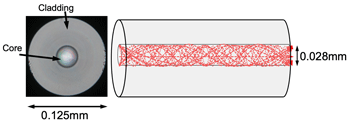
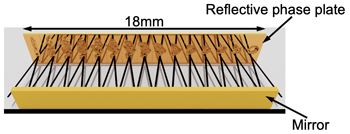
Technical Contact
AWAJI Yoshinari, FURUKAWA Hideaki
Photonic Network System Laboratory
Network System Research Institute
NICT
Tel: +81-42-327-6337, 5694
E-mail:





















Media Contact
HIROTA Sachiko
Press Office
Public Relations Department
Tel: +81-42-327-6923
E-mail:





















